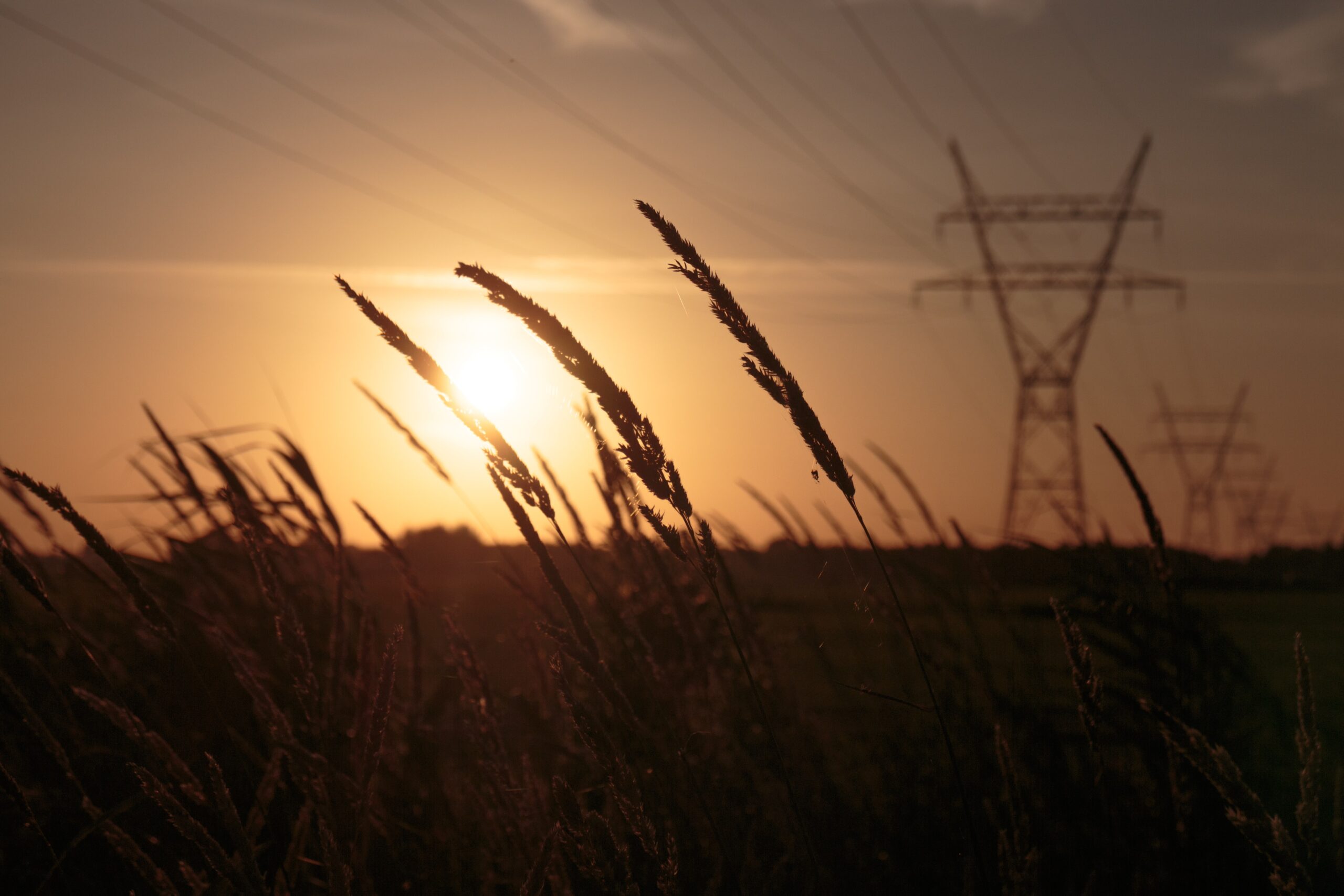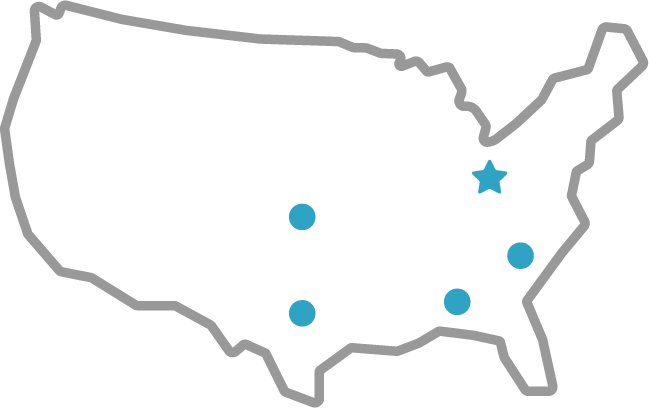The History of American Electric Cooperatives“The forward march of electric cooperatives has profound significance in terms of our fight to preserve the democracy.” -Franklin D. Roosevelt

Most of us understand the concept of cooperation. We learn to cooperate with our peers in grade school. We cooperate with our co-workers at our jobs. And we try (sometimes unsuccessfully) to cooperate with our extended family members at holiday dinners. But many Americans are less familiar with the term “electric cooperative.” If you grow up in a city or suburb, utility companies provide electricity to your home or business with very little effort required on your part. (See our previous articles on The US Electric Grid and From Power Plant to You for more details.) For Americans living in rural areas, however, electricity distribution is a very different story. This week, the JCL Energy Journal looks back on the history of America’s electric cooperatives, from how they started to where they are now.
The Early Days of Rural Electricity (or Lack Thereof…)
Public electricity use in the U.S. dates back to 1882 and one small power plant in New York City. The plant provided power to 59 customers. Electricity demand and use grew rapidly. By the mid-1930s most Americans living in cities and large towns had access to electricity. Life was dramatically different for Americans living in rural areas. As many as 9 out of 10 rural homes had no access to electric service in the 1930s. Farmers and their families still relied on kerosene lanterns, wood fires, and coal stoves to provide light, heat, and energy. Cooperative-structure organizations were not uncommon in rural areas, but the idea of an electric cooperative would be a few years in coming.
The lack of electricity access wasn’t just inconvenient. It actually prevented growth and development in rural areas. These areas were forced to remain dependent solely on agriculture. While the rest of the country raced to industrialize, America’s farmers were in danger of being left behind. New and expanding industries needed access to electricity for production, which meant choosing a city location. Lack of access to electricity caused rural Americans a lack of access to new jobs in industries outside of farming. But all that was about to change.
The Birth of the Electric Cooperative
On May 11, 1935 President Roosevelt signed Executive Order No. 7037. This order created the Rural Electrification Administration, or REA. Roosevelt charged the REA to find a way to bring electricity to rural America. One year later the Rural Electrification Act was passed. The Act was essentially a lending program providing subsidized loans for bringing electricity to rural areas. Investor-owned utility companies had little interest in participating. Farmer-based cooperatives, however, were very interested. Thus, the electric cooperative was born.
As applications from the first rural electric cooperatives poured in, it became clear to the REA that these cooperatives would be the way forward. In 1937, the REA drafted the Electric Cooperative Corporation Act. The Act served as a model law that allowed for the creation and operation of consumer-owned electric cooperatives. States adopted the law, paving the way forward for the non-profit electric cooperatives.
Electric Cooperatives Expand
Unfortunately, the expansion was not without some turmoil. During World War II, many claimed that electric cooperative leaders were hoarding copper wire. Because of this, cooperatives took defensive action and came together to form the National Rural Electric Cooperative Association (NRECA). The NRECA gave electric cooperatives a unified voice. Now, they could lobby and represent their own interests in Washington, D.C. The creation of the NRECA also provided the unified front needed to put an end to the hoarding claims.
World War II put a short pause on the mission to electrify rural America. But the four years after the end of the war saw a huge boom in rural electric systems. The number of electric systems in place doubled. The roster of electric cooperative members more than tripled. The miles of electric lines grew to more than five times what they were before the war. The rapid expansion worked. 90% of American farms had access to electricity by 1953.
Our Modern Electric Cooperatives
Today, 99% of rural America has access to electricity. The NRECA is still going strong. They now represent over 900 consumer-owned, non-profit electric cooperatives, as well as public-power districts and public utility companies. Electric cooperatives are a huge part of the effort towards modernizing America’s power grid. The NRECA website states, “…in order to meet tomorrow’s energy needs, co-ops have invested more than $50 billion over the last five years to modernize their systems, preserve reliability and create a more resilient grid.”
Furthermore, they don’t just focus on electricity distribution anymore. In today’s modern society, connection to the internet is the next hurdle for rural America. The NRECA and its member cooperatives are working to bring broadband access to rural communities. Electric cooperatives are leading the charge on advancements in energy technology, too. Rural micro-grids, electric school bus programs, and solar development are just a few of the contributions cooperatives have made. Cooperatives are also poised to move to more renewable sources of energy. By all accounts, the future is bright for America’s electric cooperatives.
The Future is Bright
Rural electric cooperatives provide electricity to more than 42 million Americans across 48 states. In less than 100 years they have grown enough to become a key player in our energy economy. Their success is due to a few different factors. Smaller entities like cooperatives can usually move faster and adapt to change better than larger utility companies. Collective ownership instead of a “top-down” power system means the focus stays on the people in the community and their needs. They also are less focused on profit and more on the end result to meet their consumer-members needs. Of course, no organization is perfect, and cooperatives still have challenges to meet and overcome. One thing is for sure… The team at JCL Energy is looking forward to seeing where electric cooperatives take us over the next 100 years!
Sources
“America’s Electric Cooperatives.” NRECA, NRECA, https://www.electric.coop/our-organization/history . Accessed 6 Oct. 2022.
“History of Cooperatives.” REA Energy Cooperative, Inc, https://www.reaenergy.com/history-cooperatives . Accessed 6 Oct. 2022.
Stark, Kevin. “Timeline: History of Rural Electricity Cooperatives in the US.” Shareable, 20 June 2017, https://www.shareable.net/timeline-history-of-rural-electricity-cooperatives-in-the-us/ .


